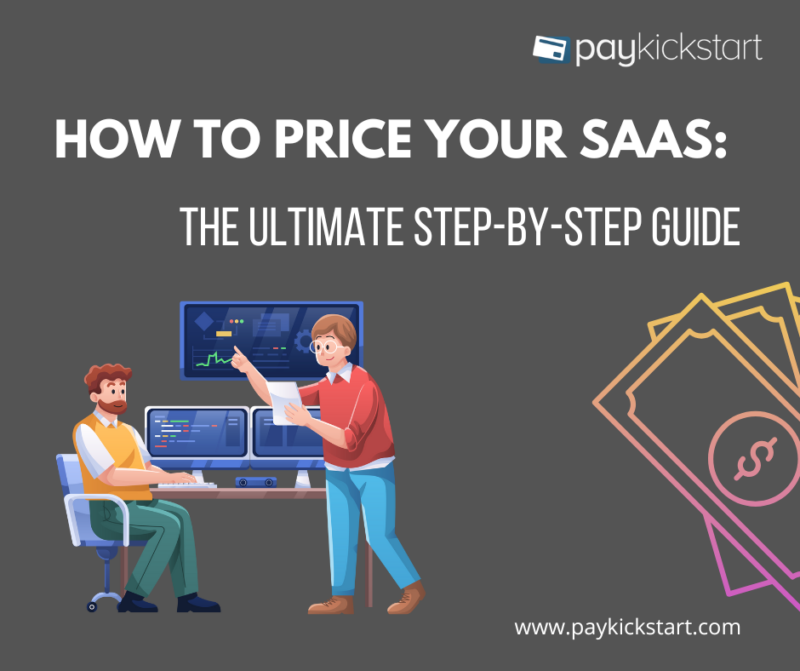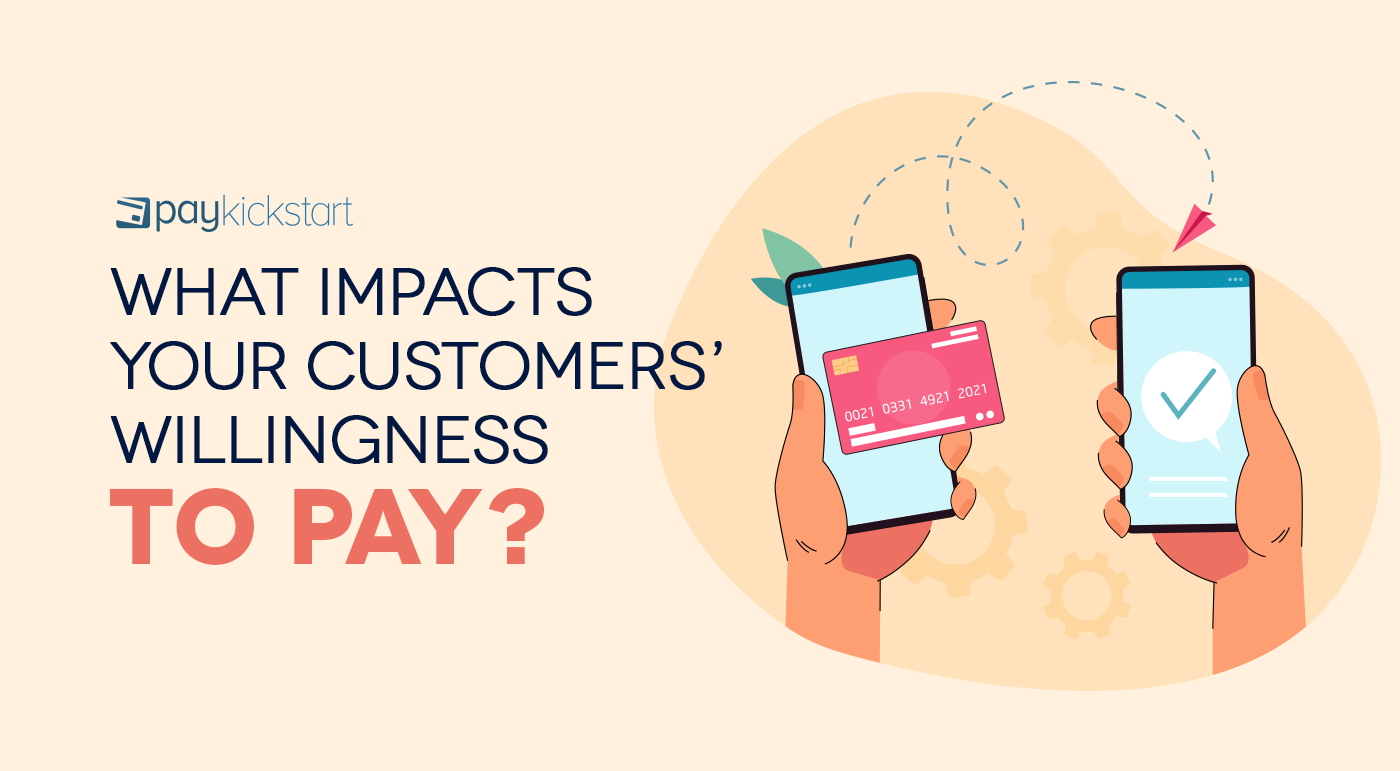Subscription growth hack (by PayKickstart)
Facebook Group - 3,932 members
Visit Group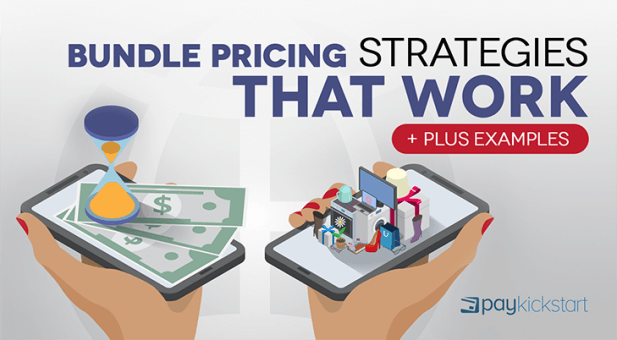
There are countless ways to price products and services. It depends on a number of factors like positioning in the market, target audience, and quality.
Some pricing strategies are ideal for maximizing revenue on the front end while lowering acquisition costs. One of those strategies is price bundling.
Bundle pricing has been in use for decades and can be used with everything from groceries to services. In every instance, it’s a way to encourage increased transaction value while giving your customers what they want.
This article looks at bundle pricing strategies that have been proven to work as well as examples to help you pull it off in your business.
Price bundling is when multiple products or services are grouped together in a single package and sold for a lower price than if the customer were to buy each item individually. Typically, the bundled products include at least one high ticket item and other complementary products.
This is a great way to make prestige pricing work without taking away from your brand image. You get to reduce the price of an otherwise expensive product without taking away from its value.
Bundle pricing is most often used when the products being sold are in high supply but demand is static. Not all products can or should be bundled together.
For example, two unrelated products like engine oil and toothpaste would be a poor bundling choice. Facebook consulting services with ad optimization software would be a better bundling choice.
There are a few advantages to bundling your products together.
It’s not all roses, there are a few disadvantages to be aware of.
Price bundling comes in three major variants. The one you choose will depend on your goals as well as the type of product you’re selling.
This type of bundling occurs when the products in the package can only be sold together. If they’re sold separately then they cease to function or the usefulness is greatly reduced.
An example would be a PlayStation and its controller. It’s possible to buy a PlayStation controller separately but if you don’t have the console then it has little to no use.
Mixed bundling is the most popular type of bundling. In this bundle pricing strategy, two products which tend to be sold separately are combined as a package with a reduced price. It works best when the product is something people buy more than one of.
An example of this would be soap. You can buy it individually but you’ll always need more. When you buy it in packs the price reduces.
Bundling which follows this strategy can be effective when the products are carefully chosen. Tying is when the main product is offered together with the complementary product.
Though all products bundled together are complementary, this takes is a step further. An example of this type of bundling would be leather shoes and polish.
Price bundling, in general, is a common tactic and because of that many people have become desensitized to it. Make it work by presenting offers that are easy to understand and take advantage of.
Two Ebooks at a discounted price is an example of something that would work well. Remember, you’re not making the bulk of your profit here. Your goal is to increase revenue while reducing your customer acquisition costs.
Use upsells on the backend to maximize your profit.
Price bundling is common because it has been proven to work over and over again. There is a wrong way and a right way to do it.
Maximize the perceived value of the deal you’re giving to your customers by letting them know the total price of the items when offered separately.
You could state the discount explicitly like the following examples.

In the above image, they make it clear that you’re saving hundreds of dollars and most of the value associated with the product is yours for free.
I don’t suggest you discount your products as much because it could create of inferior quality. You don’t see physical products discounted as much because there are hard costs associated with manufacturing each one.
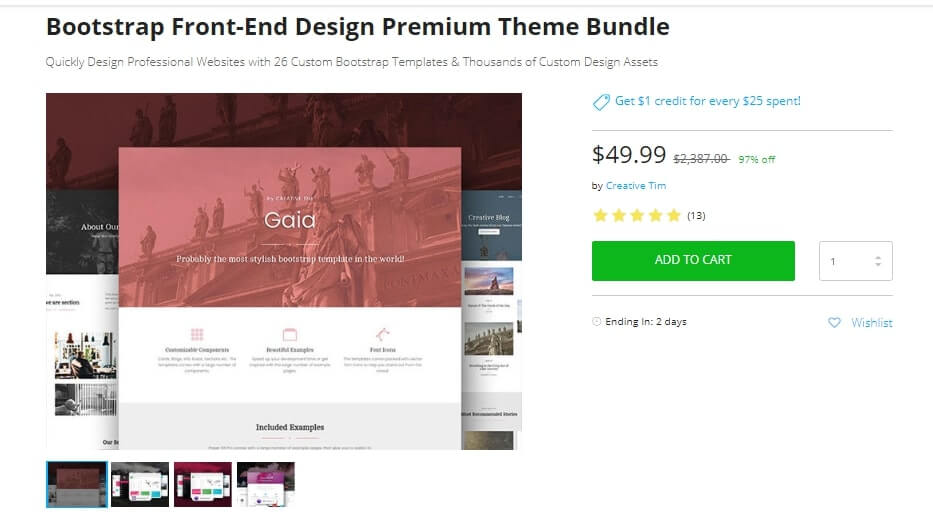
This is an example of another deeply discounted product that makes it clear to the customer how much money they’re saving.
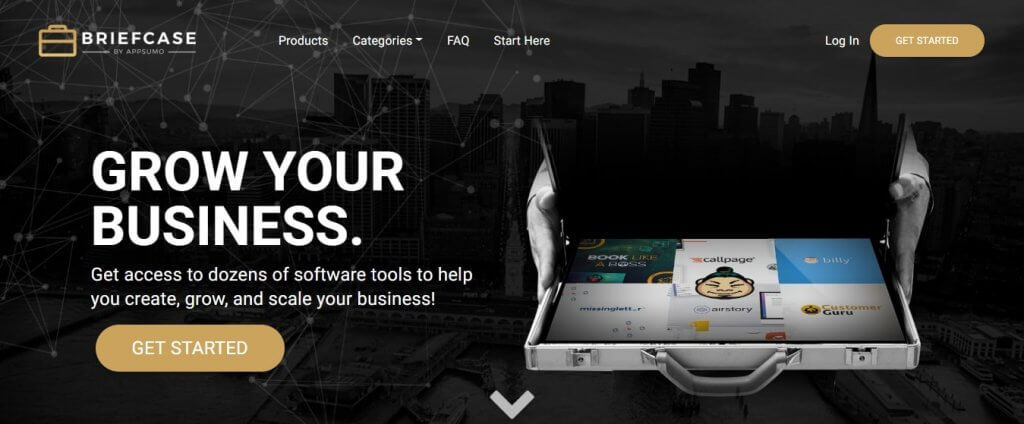
Briefcase by AppSumo brings together dozens of software tools at a fraction of the normal price. Their entire business model is built on bundling and it has attracted thousands of customers.
Even though it has proven to be effective, this business model may not attract the right kind of customer.
The bundling could also be wrapped up in a larger package. For example, your cable TV channel doesn’t allow you to pick and choose your own channels. They have certain packages that come with a set number of specific channels.
If you’d like channel 300 then you’ll have to get the package that contains channel 300. Though the bundling isn’t explicitly stated, it’s there.
Another example of implied price bundling is Microsoft Office Suite. They push this one front and center all over the official Microsoft website.
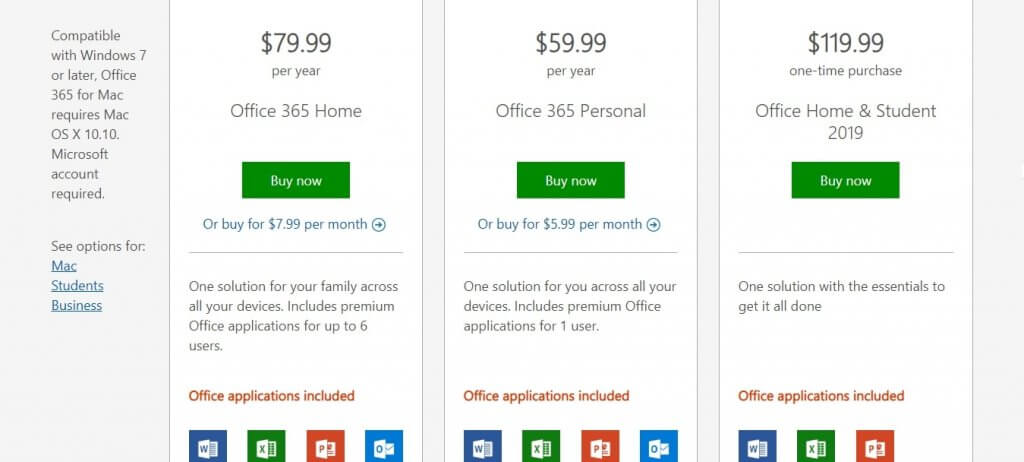
The above image shows the pricing available for yearly subscriptions but you can also purchase it as a one-time license for around $300.
What they don’t make obvious is the ability to purchase each of the applications in Microsoft Office Suite alone. It’s difficult to find it on their website.
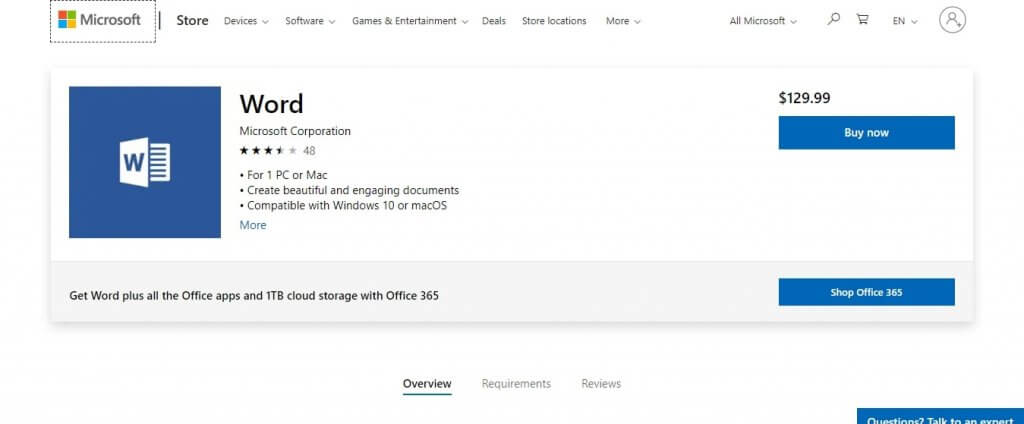
A single license is $129 and if you buy each of the products separately you’ll be looking at a little over $500.
Price bundling saves the end user a few hundred dollars in this case.
Bundle pricing is a strategy that’s here to stay for a simple reason – it works.
Even though it works well, it’s not possible to bundle every product you offer. Some of them will be too expensive to justify and others won’t play nice with other products.
Look at the products and services you offer and find the ones that complement each other. Offer them as a bundle while testing different price points to find the balance between a great deal and your revenue.
Also, experiment by limiting your bundle pricing with countdown timers to further increase urgency and revenue.
Let me know what you think of price bundling in the comments and don’t forget to share.
Daniel Ndukwu is a regular contributor to the PayKickstart blog. He has extensive experience with online businesses, conversion optimization, and subscription revenue models. When he's not writing insightful content, he works with other entrepreneurs to help them grow their bottom line.
Read More About Daniel Ndukwu